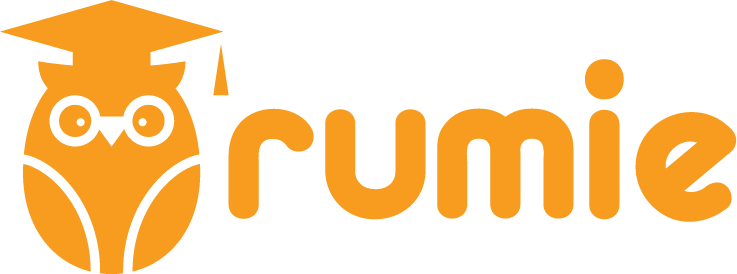
This logo isn't an ad or affiliate link. It's an organization that shares in our mission, and empowered the authors to share their insights in Byte form.
Rumie vets Bytes for compliance with our
Standards.
The organization is responsible for the completeness and reliability of the content.
Learn more
about how Rumie works with partners.
David is preparing himself for the IELTS exam, but he wasn't aware that for part of the listening test, he might have to label a map. He starts to panic, as he's never seen these types of questions before and has no idea what to do.
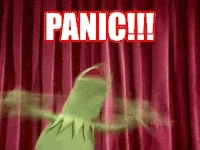
But then he remembers some strategies to make IELTS listening map labelling questions easier.
What do map questions involve?
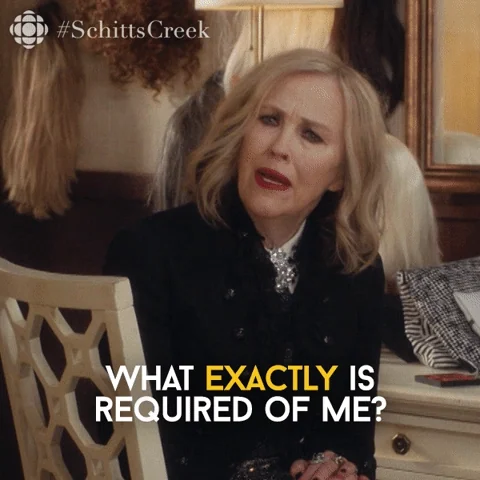
IELTS listening map labeling questions can appear in sections 2 or 4. These sections typically involve a monologue of a tour or presentation, or a person describing the layout of a park, building, or area.
The questions test your ability to understand directions, geography, and locations. You should have a good understanding of directional language like "north" and "south", and prepositions of place such as "next to", "between", and "on the left".
Quiz
What elements do IELTS map questions focus on? Select all that apply:
You need to be able to understand where things are placed and how to arrive at a place on a map. You don't have to describe the map yourself or have good knowledge of world geography.
General tips

Here are some tips and strategies that will help you answer IELTS listening map labelling questions:
Remember that the audio is only played once.
The maps usually are like a tour and follow a logical order.
Skim the map. Take a few seconds to look at the map before the recording starts. Identify key landmarks, labels, directions (North, South, East, West), and any specific areas that are already named or numbered.
Use a pen to highlight important points of the map.
Visual clues, such as a compass, are given to help you understand the recording related to the map.
Be aware of distractors. The speaker may mention things that aren't needed to answer the question.
Pay attention to the word count per the instructions.
Useful directional vocabulary
These are words used to guide movement or location in a specific direction.

to the left/right or on the left/right
go straight ahead
head towards
continue/follow
take the first/second left/right
cross over
make a U-turn
go back
For example, a listening passage might contain the following information:
Go straight ahead to the reception. To the left of the Reception is the gift shop, where you can buy souvenirs. If you cross over and to the right of the reception, you’ll find the café, which serves a variety of snacks and drinks all day.
Prepositions of place vocabulary
Here are typical prepositions that are also common when describing a map.

next to/beside
opposite
between
in front of
behind
adjacent to
near/close to
at the end of
Another example might be:
You’ll find the information desk in front of you, behind the main entrance. Next to the information desk is the souvenir shop. Across from the entrance, you’ll see the café. At the end of the corridor on the left is the Children’s playroom.
Practice map
Label the map below by listening to the audio description, then answering the quiz below the map.
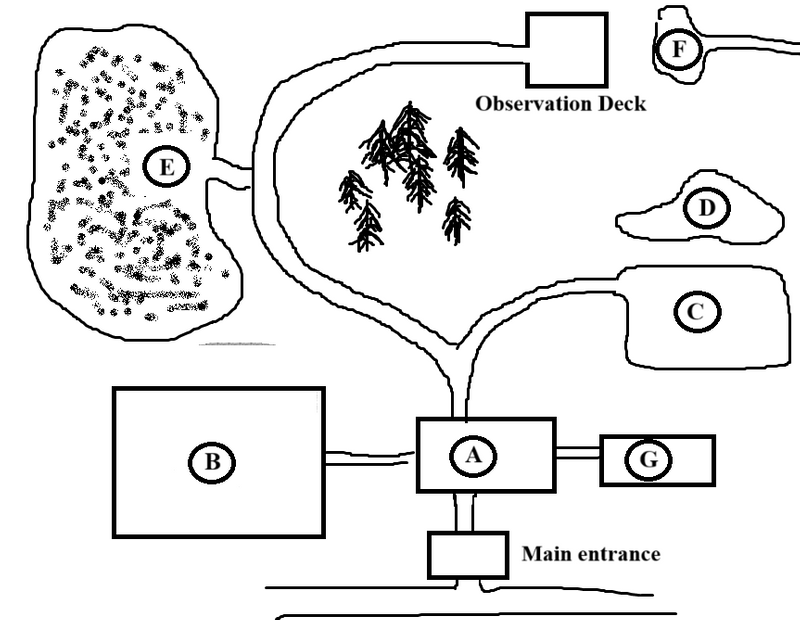 Map created by the author with Microsoft Paint. To hear an audio description of the map, click play on the audio player below:
Map created by the author with Microsoft Paint. To hear an audio description of the map, click play on the audio player below:
Quiz
Which letters correctly identify the following locations on the map?
Answers: Gift Shop = G, Picnic Area = C, Butterfly Garden = E, Bird Watching = B
Listening transcript
Welcome to the Inverness Nature Reserve, I'm Susan and I’ll be guiding you today so you can make the most of your visit.
As you enter through the main entrance, you’ll see the Visitor Center directly in front of you. Here, you can pick up a map, learn about today’s events, and ask any questions. To the left of the Visitor Center, you’ll see the Bird Watching Area, which is a great spot to observe some local bird species.
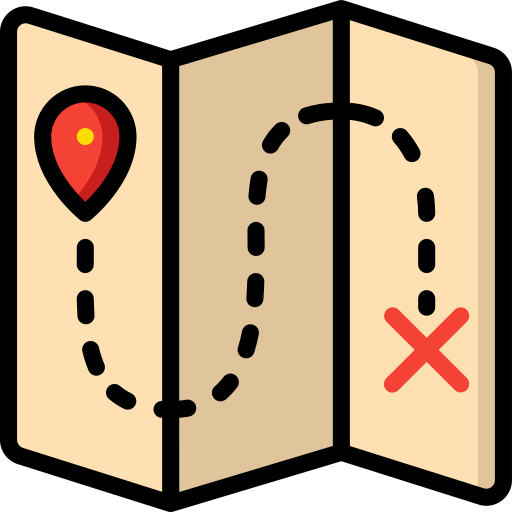
If you walk past the Visitor Center, you’ll come to a path that forks in two. On the right side of this path there’s a Picnic Area with benches and tables, which is across from the small pond, a popular spot for families.
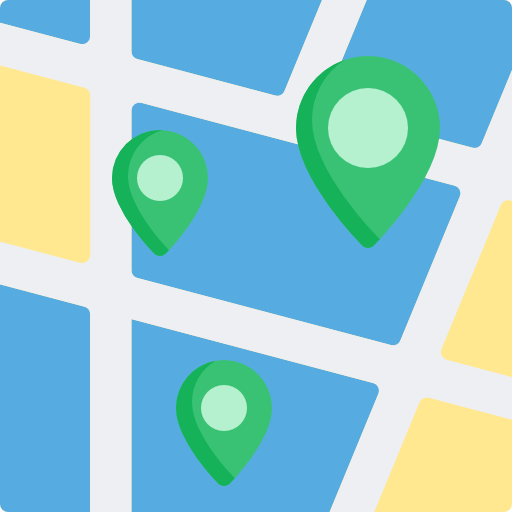
Taking the left fork of the path will lead you to the Butterfly Garden, a beautiful section of the reserve filled with native flowers and plants to attract butterflies. Continuing along the left path, you’ll come to the Observation Deck which is located at the end of the trail and gives a fantastic view of the surrounding forest.
It’s opposite the small waterfall, which you’ll be able to hear as you approach. Lastly, if you return back toward the main entrance, you’ll find the Gift Shop located near the Visitor Center. The shop has various nature-related souvenirs and snacks available.
Full map answers
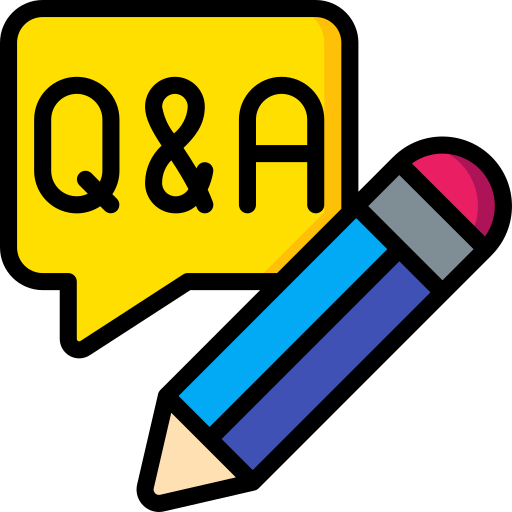
Small waterfall = F
Small pond = D
Visitor Centre = A
Gift Shop = G
Picnic Area = C
Butterfly Garden = E
Bird Watching Area = B
Take Action
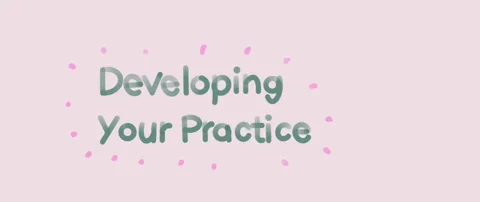
Now it's time to practice!
This Byte has been authored by
Stuart Brown
English Teacher
PGCE